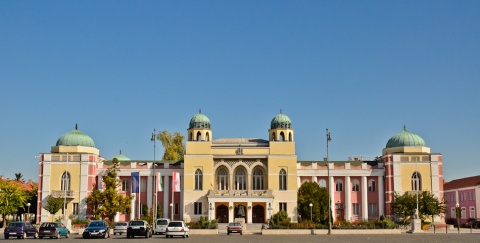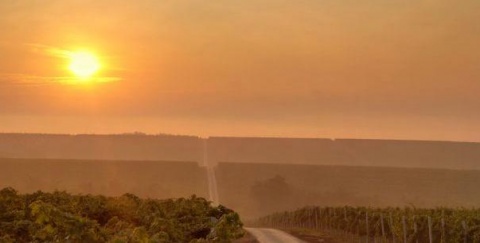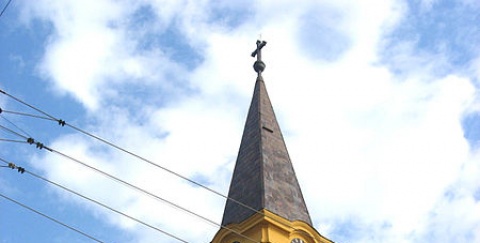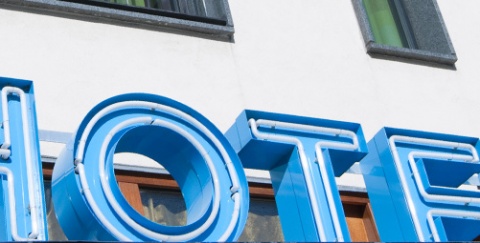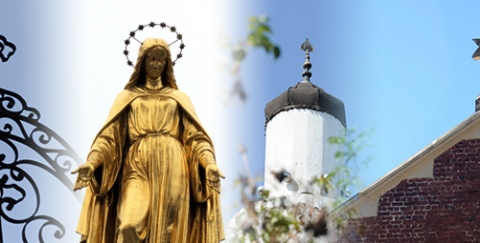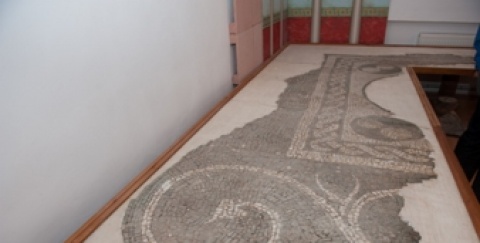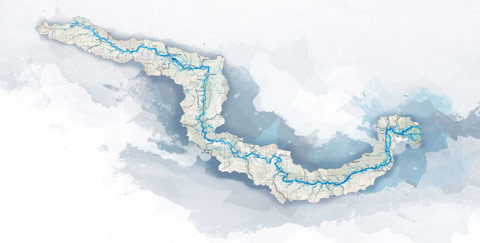
Leave road 6 at the Kővágószőlős crossing to the north. Kővágószőlős (2000 inhabitants) is situated at the base of Jakab-hegy (hill). The name of the village reflects the quarry and the vineyards around it. In fact, there are many abandoned quarries around the hillside and the surrounding slopes are covered in vineyards. The area around Kővágószőlős is an archeological site for ancient Roman remains. At the end of 20th century, a painted, arched Roman crypt was found. Kővágószőlős church was built in 12th century. Its furniture mainly comes from Pécs Cathedral. Expansion of uranium mining in Kővágószőlős area let to population increasing from 1950 to 1970. Today, uranium mining has no importance.
Drive further on to village of Cserkút with its Romanesque church on Main street. North of Cserkút lies 592 m high Jakab-hegy (hill), a nature conservation area. To reach Jakab-hegy, follow the blue triangle path up from Cserkút. The steep, path (2000 m long) is worth the climb. István lookout tower was renovated, in 1975. On the northeastern side of Jakab-hegy, there are the ruins of the Pauline monastery, founded in 1225 and once guarded by a fortified wall.
DANUBE.TRAVEL has no control over the website content generated by users and/or visitors, neither such content represents a statement, opinion, recommendation or rating by DANUBE.TRAVEL. For further information please refer to DANUBE.TRAVEL – General Website Terms and Conditions of Use.
Places near this location
Where to stay
Bock Hotel Ermitage, Óbor Restaurant and wine cellar
Legendary József Bock was Hungarian wine maker of...
 EN
EN DE
DE
